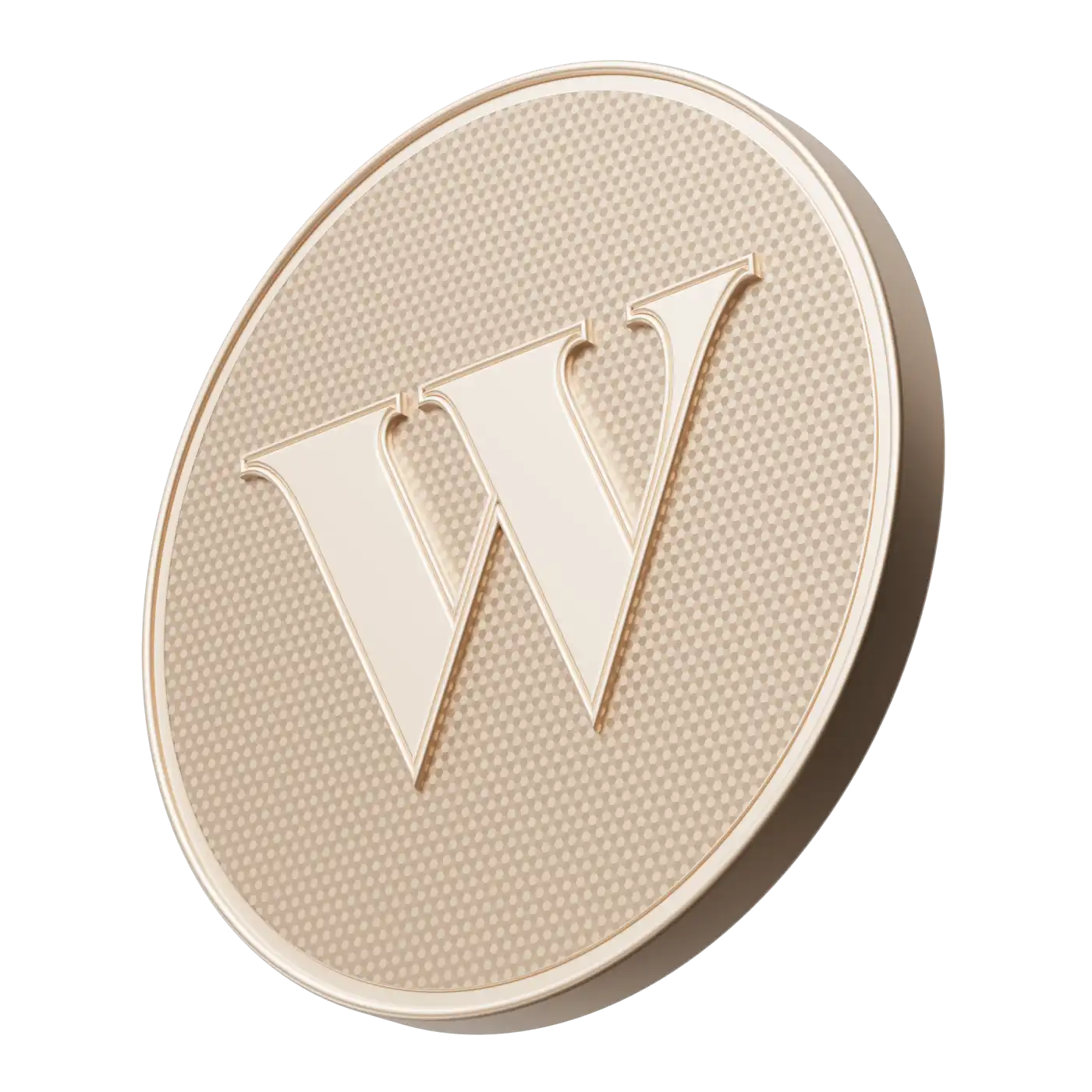You could spend your money on a pickaxe before heading to the nearest mine. But that’s tough. Here are a few more common ways to invest in gold.
Option 1 — physical gold
Investors interested in getting into gold can buy bullion (nuggets), gold coins, jewelry, or even bars — just keep in mind that they’re pretty heavy, and you’re going to have to pay for a place to store it, as well as insure it. One problem with jewelry is that it usually comes with a high markup relative to how much gold it actually contains. Also, its resale value can be lower than what you originally paid for it, so it’s usually not as appealing as buying gold in its purer forms.
Gold bullion, coins, and bars may come with a markup as well, depending on what dealer you’re buying them from (you can also buy them from a bank). The closer to the source you can buy from, the less extras you’ll be paying. Government mints are also a good source for gold coins.
Option 2 — gold ETFs
Gold exchange-traded funds (ETFs) might be an appealing option for investors who don’t want to deal with safely storing gold in their sock drawers. Each share of the ETF represents one-tenth of an ounce of gold, so if gold is currently $1,200 an ounce, the gold ETF will trade at $120 per share. It’s important to remember that owning a gold ETF doesn’t mean you actually own gold directly; the ETF holds the gold on your behalf, and you benefit from the gold’s valuation on the market. ETFs are also low-cost by design, so investing them, as opposed to physical gold, is usually more accessible for investors turned off by the high purchasing price of gold and the associated fees.
Trading gold ETFs is like trading any other kind of stock or security: you’ll need to have an account with a brokerage or investment platform through which to carry out the trade. There are several gold ETFs, which are physically backed ETFs, meaning that the funds are backed by physical gold instead of derivatives that follow an index.
Option 3 — gold certificates
With this method, in lieu of physical gold you receive a certificate of ownership, representing a specific amount, by a company that owns gold. This avoids storage and transfer issues. But you still have to go through a dealer, just like you do with physical gold.
Option 4 — gold mining stock
Instead of directly buying gold or gold ETFs, you could invest in the companies mining the gold. This option offers more potential for growth than physical gold. One gram of gold is going to remain a gram — whether ten, fifty, or a hundred years go by. A company, however, has the potential for growth, and so does its stock price. You can also own gold mining stock by investing in a mutual fund that includes this kind of stock.
However, choosing this option means dealing with the risks involved in buying stock, and stocks are notoriously volatile. Your investment will be vulnerable to the management of the company. Furthermore, if you’re interested in sustainable investments, mining stock might not be the right pick for you.
Option 5 — stock in royalty and streaming companies
Royalty and streaming companies operate within the mining industry, serving as financiers for mining companies that are looking for economic support for exploration and production projects. They receive royalties on anything the project produces. Investors tend to prefer these companies to traditional mining companies, since they don’t have to deal with the logistical risks of running a mining company and can therefore avoid a lot of economic pitfalls.
Why invest in gold
Given the countless exciting investment options available today, why would people still go back to something as archaic as gold? One of the main reasons is diversification. By having a range of investments that cover different areas, you’re less likely to lose all of your money if one sector happens to take a nosedive.
As a commodity that tends to maintain its value even when other commodities like paper currency decrease, gold has historically performed well during times of market turmoil.
It’s also a useful investment during times of geopolitical instability (hence gold’s common moniker as the “crisis commodity”), and it’s seen as a good hedge against inflation, since its price tends to rise alongside rising costs of living.
Gold proponents also suggest that, as emerging markets across the world are producing more investors, the demand for gold will continue to grow. They claim that since it takes a while for gold supplies to be replenished and it’s a finite resource, demand will continue to outpace supply.
Should you invest in gold?
That depends on you and your circumstances. It’s important to remember that past performances do not guarantee future results. The price of gold is volatile and can change very quickly and dramatically. Be aware that investing in gold always carries a potential for loss.


